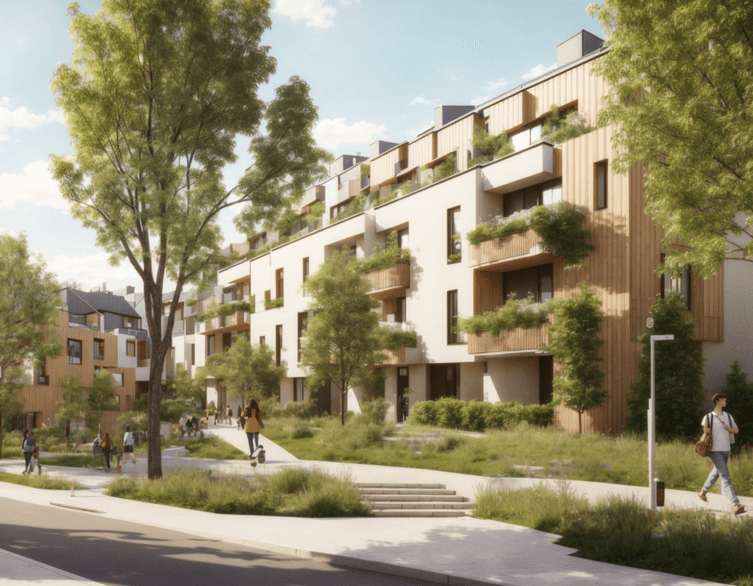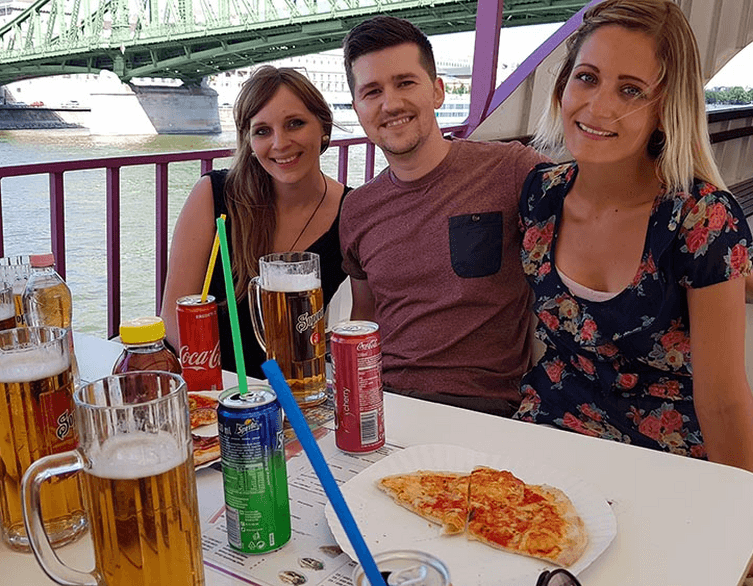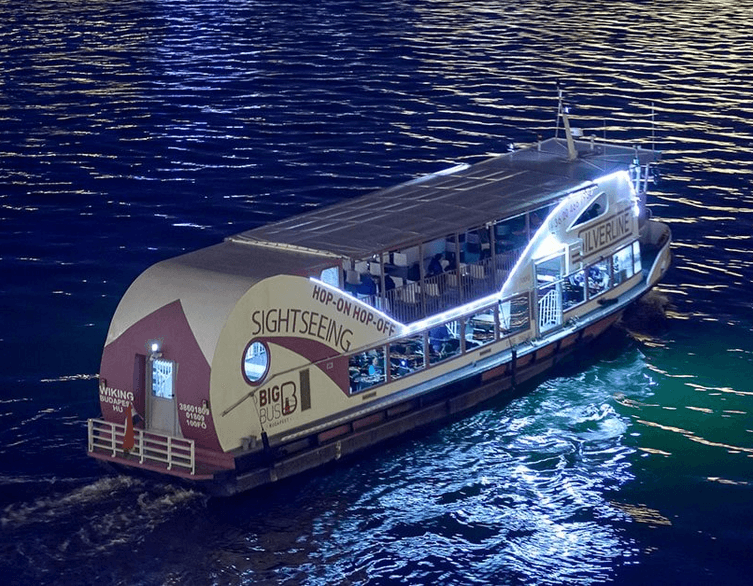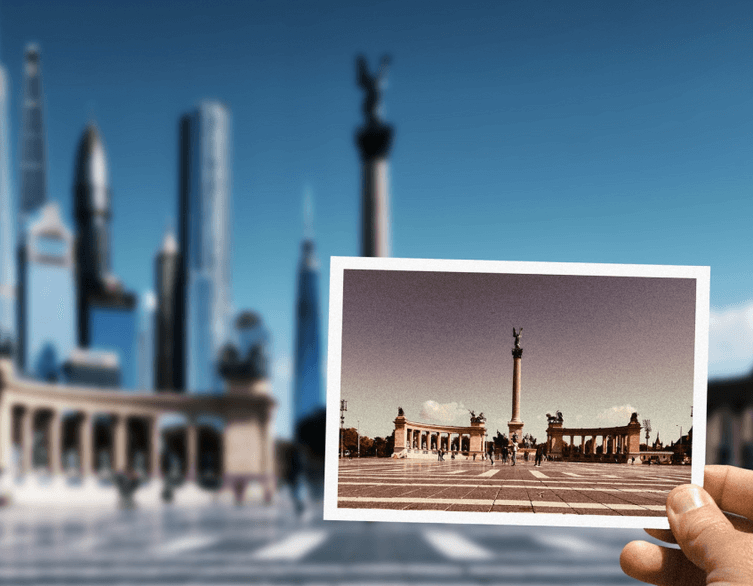Budapest’s Rákosrendező: A Bold Vision for Sustainable Urban Living Takes Shape

Budapest is embarking on one of its most ambitious urban transformations in decades, and the world’s leading architecture firms are taking notice. The Rákosrendező project, a sweeping plan to convert an abandoned railway yard into a thriving new neighborhood, has just cleared a crucial milestone with the selection of sixteen international design teams who will compete to shape the district’s future. For visitors interested in how cities evolve and adapt to contemporary challenges, this development offers a fascinating glimpse into Budapest’s approach to twenty-first-century urban planning.
The competition announcement in late September 2025 drew remarkable international attention, with forty-three teams submitting proposals by the November 4 deadline. After evaluation, thirty-eight proposals met the formal requirements, and from these, a jury selected the sixteen most promising teams to advance to the detailed design phase. The roster reads like a who’s who of contemporary architecture, featuring household names like Bjarke Ingels Group, Foster and Partners, and several smaller but highly respected firms with proven track records in similar urban renewal projects.
Understanding the Scale and Location
Rákosrendező sits in northeastern Budapest, positioned strategically close to the city center with excellent connections to national transportation networks. The name itself translates roughly as “Rákos Sorting Yard,” referencing its former life as a massive railway marshaling facility. For decades, this eighty-six-hectare site served as a crucial node in Hungary’s rail network, but as operations shifted and the site fell into disuse, it became one of Europe’s largest urban brownfield opportunities right in the heart of a major capital.
The competition encompasses an even larger planning area of two hundred forty-four hectares, stretching from Tatai Road to the M3 highway entrance, and from City Park to the Outer Ring Railway. This expansive scope means the winning design won’t just address Rákosrendező itself but will consider how the development integrates with surrounding neighborhoods and potentially catalyzes their transformation as well. The scale is enormous, equivalent to two hundred twenty-four football fields or roughly twice the size of Budapest’s beloved City Park.
What makes this project particularly significant is single ownership. The Budapest Metropolitan Municipality and its wholly owned company BKM purchased the site from the state in March 2025, creating a rare situation where one unified entity controls the entire development area. This arrangement eliminates the fragmented decision-making and competing interests that typically plague large urban projects, allowing for coherent, long-term planning guided by public interest rather than maximizing private profit.
The Vision Behind the Project
Budapest’s leadership has articulated a clear and ambitious vision for Rákosrendező. The goal centers on creating an environmentally sustainable, socially inclusive, human-scaled urban district that tackles several interconnected challenges currently facing the city. Chief among these is Budapest’s housing affordability crisis, which has reached critical levels with average square meter prices in Budapest exceeding 1.07 million Hungarian forints and rents consuming half of the average salary for many residents.
Best deals of Budapest
The plan calls for developing approximately ten thousand new housing units within the district, a substantial addition that could meaningfully address housing shortages. However, quantity alone isn’t the objective. The municipality envisions a mixed-income community with diverse housing types, preventing the kind of economic segregation that plagues many contemporary developments. This social sustainability forms a core pillar of the project philosophy, ensuring the new neighborhood serves a broad cross-section of Budapest’s population rather than becoming an exclusive enclave.
Environmental sustainability drives much of the planning framework. The design competition brief emphasizes green infrastructure, with plans for a twenty-five-hectare park forming the district’s ecological heart. Energy efficiency, climate adaptation, sustainable materials, and minimizing environmental impact during construction all feature prominently in the evaluation criteria. The project represents Budapest’s commitment to building urban districts capable of withstanding and adapting to climate change impacts while reducing the city’s overall ecological footprint.
Perhaps most ambitiously, Rákosrendező aims to demonstrate that cities can move beyond automobile dependence. The competition brief calls for designs that prioritize walking, cycling, and public transportation over private cars. Creating a genuinely car-light or car-free urban district in the twenty-first century remains relatively rare, making this aspect particularly noteworthy. If successful, Rákosrendező could serve as a template for addressing the mobility challenges that plague many European cities.
The Competition Process Unfolds
The sixteen advancing teams now face an intensive design period running through early February 2026. They’ll participate in a site visit scheduled for late November, giving architects and planners the opportunity to walk the grounds, understand the topography, feel the neighborhood’s character, and envision possibilities firsthand. This direct engagement with place often proves crucial for creating designs that respond to local conditions rather than imposing generic solutions.
Each team must develop a comprehensive masterplan addressing transportation systems, utility networks, urban structure, green spaces, public realm, and the residential neighborhoods themselves. The challenge involves balancing numerous competing demands while creating something cohesive, beautiful, and genuinely livable. According to project leader Bálint Dományi, the competition serves dual purposes. First, it will produce an overarching masterplan encompassing every aspect of the district’s development. Second, the winning team will receive a framework contract to design all public spaces and environmental features, though the exact scope and timeline will emerge from the masterplan itself.
Submissions are due February 10, 2026, with the winner announcement expected in March. The winning concept will essentially determine the next major chapter in Budapest’s urban story, shaping how hundreds of thousands of people will live, work, and move through this part of the city for generations to come. The municipality has emphasized that this process prioritizes professional expertise, transparent evaluation, and long-term thinking over short-term political considerations or private interests.
Why This Matters Beyond Budapest
The Rákosrendező project arrives at a pivotal moment for European urban development. Cities across the continent face similar challenges around housing affordability, climate adaptation, sustainable mobility, and suburban sprawl. How Budapest tackles these issues through Rákosrendező will be watched closely by urban planners, architects, policymakers, and citizens throughout Europe and beyond.
The project represents a deliberate rejection of an earlier development vision. Not long ago, plans called for the site to be developed by Arab investors with high-rise luxury towers dominating the skyline. That approach would have created an economically exclusive district disconnected from Budapest’s traditional urban fabric and architectural character. The municipality’s decision to purchase the site and pursue an alternative vision reflects a broader debate about who cities serve and how development should balance public benefit against private profit.
Budapest faces what Mayor Gergely Karácsony has characterized as potential urban and climate catastrophes without thoughtful intervention. The city experiences rapid suburban expansion as residents flee unaffordable central neighborhoods, creating sprawling development that strains infrastructure, increases automobile dependence, and fragments communities. Rákosrendező offers an alternative, demonstrating that compact, well-designed urban neighborhoods can provide the quality of life that drives suburban migration while preserving agricultural land and maintaining the efficiencies of urban living.
What Visitors Can Expect
For tourists planning future trips to Budapest, Rákosrendező won’t dramatically alter your experience immediately. The design process extends through early 2026, and construction will unfold over many years in multiple phases. However, understanding this project enriches appreciation for how cities evolve and adapt. Budapest isn’t a museum frozen in time but a living city confronting contemporary challenges while respecting its extraordinary architectural and cultural heritage.
The site’s proximity to City Park and the broader Pest side of the city means that as development progresses, visitors might eventually explore new neighborhoods, parks, and public spaces that didn’t exist during earlier visits. The project could also influence how other parts of Budapest develop, potentially inspiring similar approaches to other underutilized sites around the city.
More immediately, the competition itself reflects Budapest’s growing confidence and ambition on the international stage. Attracting submissions from globally renowned architecture firms demonstrates that Budapest is taken seriously as a place where innovative urban design can flourish. The city that gave the world Art Nouveau masterpieces and stunning nineteenth-century boulevards now positions itself to create exemplary twenty-first-century urbanism.
The transparent, competition-based approach also speaks to values around openness and public participation in urban planning. Rather than backroom deals determining the future of this massive site, Budapest is conducting an open process where multiple visions compete on their merits. This methodology builds public trust and typically produces better outcomes than opaque decision-making processes.
Looking Forward
The coming months will reveal which architectural vision captures the jury’s imagination and best addresses the complex challenges the project must solve. Will the winner be one of the internationally famous firms, or might a smaller team with a particularly innovative approach prevail? The suspense builds toward the March 2026 announcement.
Regardless of which team wins, the project has already achieved something significant by establishing a framework prioritizing sustainability, affordability, livability, and public benefit. These principles will guide implementation regardless of stylistic choices or specific design solutions. The competition ensures that Budapest’s approach to this transformative project rests on professional expertise and transparent evaluation rather than political expediency or narrow private interests.
For a city often defined by its glorious past, with the Danube bridges, Buda Castle, Parliament, thermal baths, and grand boulevards that enchant millions of visitors annually, Rákosrendező represents Budapest’s determination to build an equally compelling future. The challenge involves respecting the city’s architectural heritage and human scale while embracing contemporary sustainable design principles and addressing urgent housing needs.
As the sixteen teams refine their visions over the winter months, they’re not simply designing buildings and streets. They’re imagining how communities form, how people move through space, how nature integrates into urban fabric, and how architecture shapes daily life. The winning design will need to be visionary yet practical, ambitious yet achievable, distinctive yet harmonious with Budapest’s character.
Budapest has always been a city of transformation, shaped by successive waves of growth, destruction, and renewal. Rákosrendező will be the latest chapter in that ongoing story, demonstrating whether twenty-first-century urbanism can deliver neighborhoods that work for everyone while treading lightly on the planet. For those who love cities and care about their future, this Hungarian capital’s bold experiment deserves close attention.
Related news

















